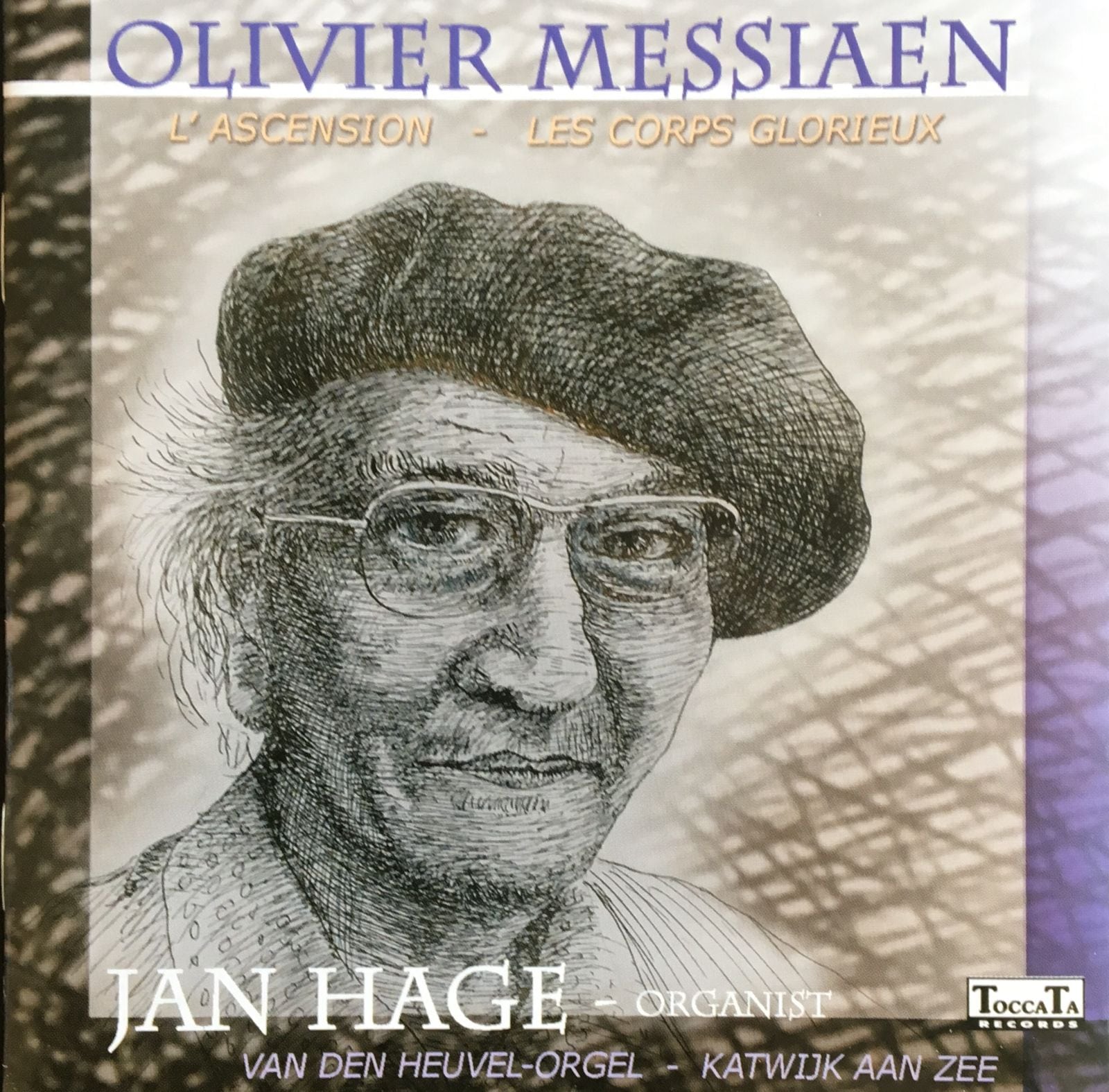Messiaen: L'ascension - Le Corps Glorieux

Olivier Messiaen (1908-1992)
- L'Ascension (1934) Quatre méditations symphoniques pour orgue
I. Majesté du Christ demandant sa gloire à son père
II. Alléluias sereins d'une âme qui désire le ciel
III. Transports de joie d'une âme devant la gloire du Christ qui est la sienne
IV. Prière du Christ montant vers son père
- Les Corps Glorieux (1939) Sept visions brèves de la Vie des ressuscités
I. Subtilité des Corps Glorieux
II Les Eaux de la Grâce
III. L'Ange aux Parfums
IV. Combat de la Mort et de la Vie
V. Force et Agilité des Corps Glorieux
VI. Joie et Clarté des Corps Glorieux
VII, Le Mystère de la Sainte Trinité
Olivier Messiaen is counted among the greatest composers of the 20th century. He wrote orchestral works like L'Ascension, Turangalila-symphonie, Les Canyons aux étoiles, Eclairs sur l'au délà, La Transfiguration de Nótre Seigneur Jésus Christ (with choir), chamber music (including the Quatuor pour la Fin du Temps), a lot of piano music (mostly written for his wife Yvonne Loriod, a virtuoso pianist) and an opera, Saint Frangois d'Assise. His work is strongly coloured by his orthodox Christian faith, which he expresses in a very personal, modern and colourful way. His music is characterised by a static structure, mostly an amalgamation of separate segments. The consonances are often based on modi 'á transpositions limitées, tone sequences that divide the octave in a symmetrical way, in which elements of the traditional tonal system resound without the functional tonal coherence. To enrich the (in his view) primitive rhythmicity of Western music, he uses, among other things, complex rhythmic modes like Hindu rágas. Gregorian chant plays an important role, albeit in an adapted form. In the later works in particular, stylised birdsong is regularly heard. In the orchestral and organ works, he frequently experiments with new sound combinations.
Besides his activities as a composer and teacher (one of the most influential composition teachers of his time), he was organist of the Sainte-Trinité in Paris from 1931 until his death. This instrument inspired him to write many organ works. Messiaen composed his first cycle, a group of musical pieces around a particular theme, for orchestra in 1932. He arranged this work, L'Ascension (the Ascension) for organ in 1934, replacing the third movement (Alleluja sur la trompette, alleluia sur la cymbale) with one written specifically for organ: Transports de joie. Tonally, the movements follow an ascending line (obviously also symbolically intended): E, F, F-sharp, and G.